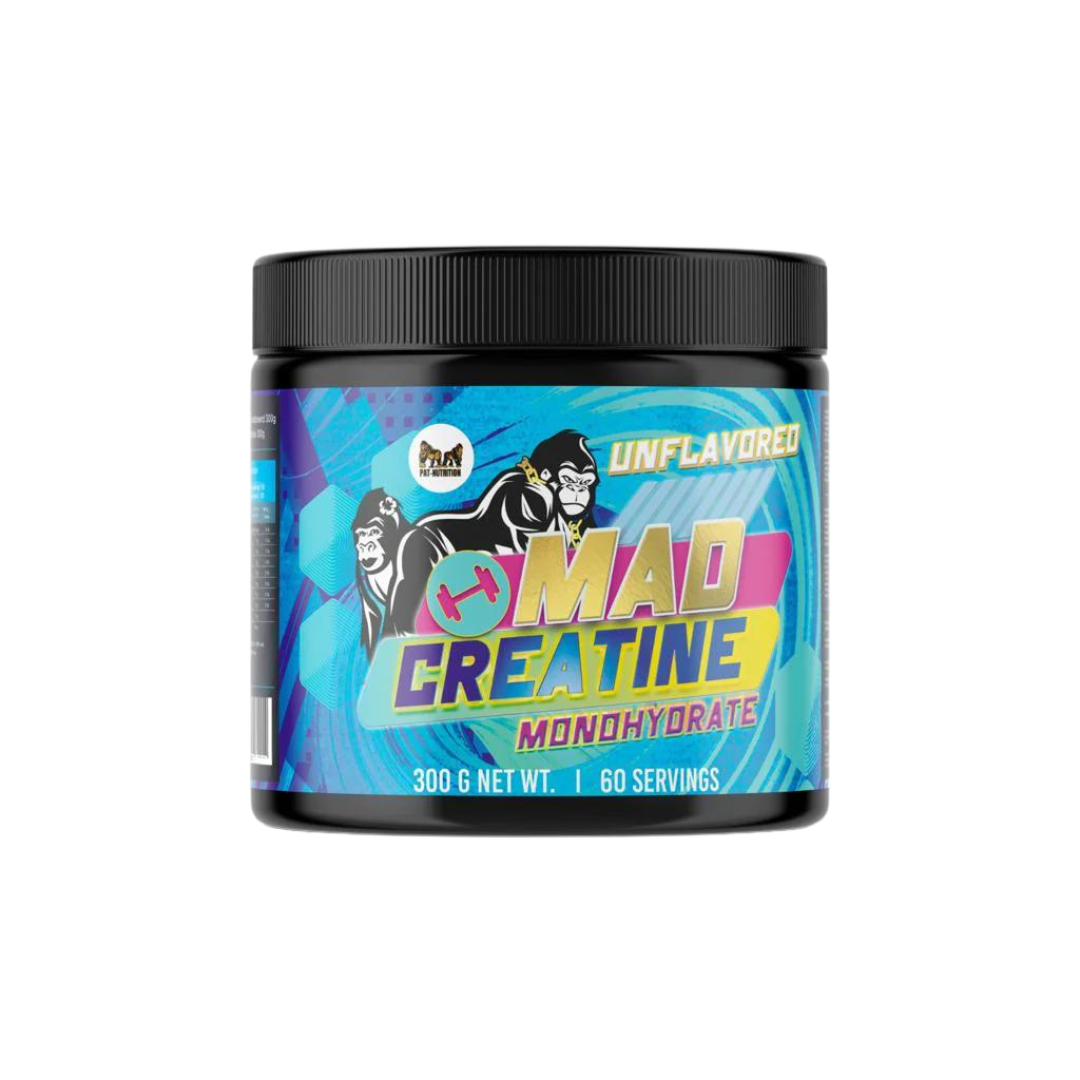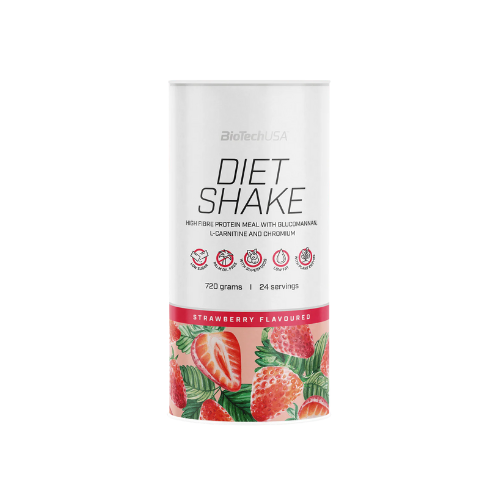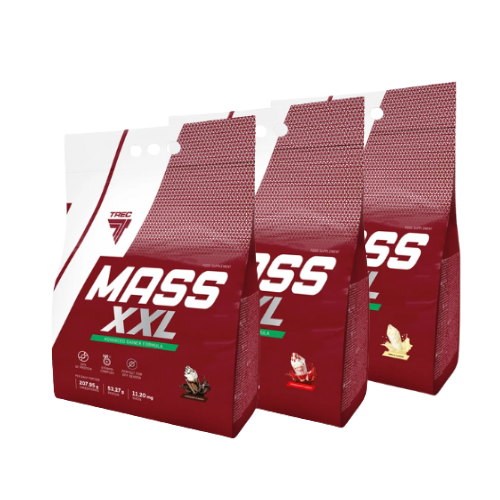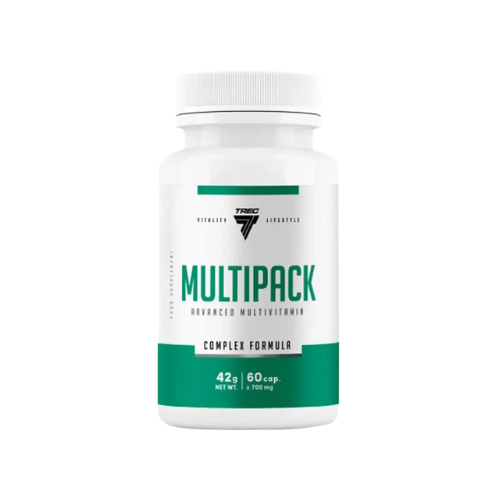How does creatine work? The complete guide for athletes and dedicated fitness enthusiasts

How does creatine work? The complete guide for athletes and fitness enthusiasts
Introduction
Creatine is one of the most widely used and researched supplements in the sports world. But how does creatine actually work? Why do so many athletes swear by it and what does it do in your body? In this blog, we will explain simply what creatine is, how it works, and how you, as an athlete, can get the most benefit from it.
What is creatine?
Creatine is a substance naturally found in your muscles. You obtain it through food (such as meat and fish) or your body produces it itself. However, the amount in your body is limited. By adding creatine as a supplement, you increase the creatine stores in your muscles.
How does creatine work in your body?
⚡ Energy production in the muscles
During short, explosive efforts (such as weightlifting or sprinting), your body uses ATP (adenosine triphosphate) as a direct energy source. However, ATP depletes quickly. Creatine helps to rapidly convert ADP (exhausted energy) back into ATP, allowing you to train longer and harder.
In short: creatine increases your available energy during strength efforts.
🧠 Storage in muscle cells
Creatine is stored in your muscle cells along with extra fluid.This results in:
-
Increased muscle volume (your muscles appear fuller)
-
Better cell hydration
-
Possible long-term increase in muscle growth
🛠️Indirect muscle building
Creatine itself does not build muscle tissue, but it does enable you to train heavier, perform more repetitions, and recover better. This indirectly leads to more muscle mass.
Benefits of creatine for athletes
-
✅ More explosive strength
-
✅ Faster muscle recovery
-
✅ Improved training performance
-
✅ Support for muscle growth
-
✅ Possible cognitive benefits (for focus and memory)
How to optimally use creatine?
Dosage
-
Maintenance dose: 3–5 grams per day
-
Loading phase (optional): 20 grams per day (divided into 4 doses), for 5-7 days
Timing
Creatine works on a saturation basis. Therefore, you do not need to take it exactly before or after your workout, but around your workout (before or after) is ideal. Preferably take it with a meal or shake.
Importance of water
Creatine attracts moisture in your muscles. Drink enough water (at least 2 liters per day) to achieve optimal results and avoid side effects.
Are there any side effects?
Creatine is safe for long-term use in healthy individuals. Possible mild side effects include:
-
Weight gain (due to water retention in muscles)
-
Stomach issues (especially with excessive dosage or on an empty stomach)
Preferably use creatine monohydrate — this is the most researched and proven effective form.
Conclusion: how does creatine work? Simple, yet powerful
The question “how does creatine work?” is easy to answer: it supports your body in producing quick energy during intense exertion.This allows you to train harder, recover faster, and ultimately build more muscle mass.
👉 Curious about quality creatine for your sports performance?
Check out our creatine monohydrate from Pat-Nutrition — tested for purity, effectiveness, and solubility.






